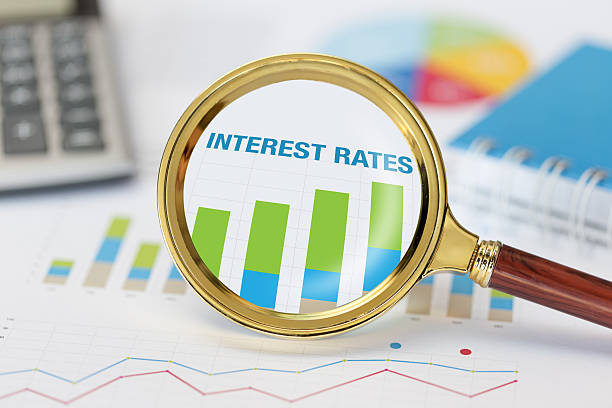Interest rates, a fundamental component of financial systems all throughout the world, have been crucial in forming economies and influencing financial choices. We explore the dynamic trajectory of interest rates throughout time, focusing on their development without regard to the particular national context. This article takes you on a historical tour of Singapore interest rate history by examining its various historical eras.
The proportion that a lender charges a borrower for the use of their money is known as an interest rate, and it is an important variable in economics. This financial instrument has a significant effect on the cost of borrowing, investment choices, and overall economic growth. Let’s explore the fascinating history of interest rates without focusing on any one nation in particular.
early beginnings
Interest rates have a long history that dates back to ancient Babylonia. Due to the inherent hazards involved, loans were frequently given out for agricultural purposes in agrarian civilizations at high-interest rates. Moral and ethical values served as the foundation for lending practices, which reflected the socio-cultural environment of the time.
Middle Ages
Interest rates came under moral and theological scrutiny during the medieval era. Interest-based fees were frequently regarded as exploitative and unethical. Lending and borrowing persisted as being essential to economic operations notwithstanding these misgivings. Interest rate interpretations varied by region, depending on regional customs and religious beliefs.
Beyond the Industrial Revolution
An important turning event in the history of interest rates was the Industrial Revolution. Financial markets grew as economies changed from agrarian to industrial, which resulted in increasingly complex lending techniques. The emergence of central banks gave them control over interest rates, allowing them to manage economic stability and promote growth.
Global Events and Fluctuations
Due to various global events, interest rates have been vulnerable to considerable changes. Volatile interest rate trajectories have been a result of several factors, including world wars, economic crises, and political upheaval. For instance, historically low interest rates resulted from the Great Depression of the 1930s in an effort to promote economic recovery.
Present-day Monetary Policy
Interest rates developed into a powerful instrument in the hands of central banks to control inflation and unemployment in the later part of the 20th century. Interest rate setting became more methodical as monetary policy frameworks like inflation targeting were adopted. The goal was to achieve a balance between price stability and economic growth. Visit here for more detailed mortgage loan comparison singapore.
The Digital Age and Unusual Policies
The emergence of the digital age gave interest rate dynamics additional dimensions. Online lending platforms upended established banking practices, changing the way people borrow and lend money. Furthermore, unorthodox measures like quantitative easing were adopted by central banks in response to the global financial crisis of 2008, which had an impact on interest rate trends.
Conclusion
Interest rates have evolved over time to reflect the dynamic social, political, and economic environments. Interest rates have developed as a crucial tool for economic management from ancient agrarian cultures to the contemporary digital era. The overall story of interest rate history illustrates the complex dance between financial institutions and the ups and downs of human progress, even though the specifics may vary across nations. Knowing this history helps us to grasp the intricate factors that have shaped the modern financial landscape.


